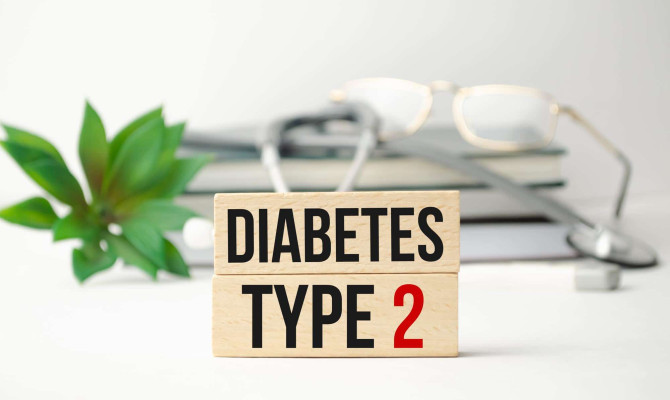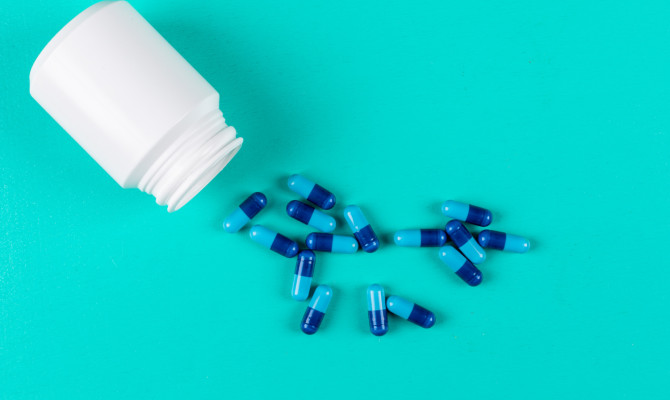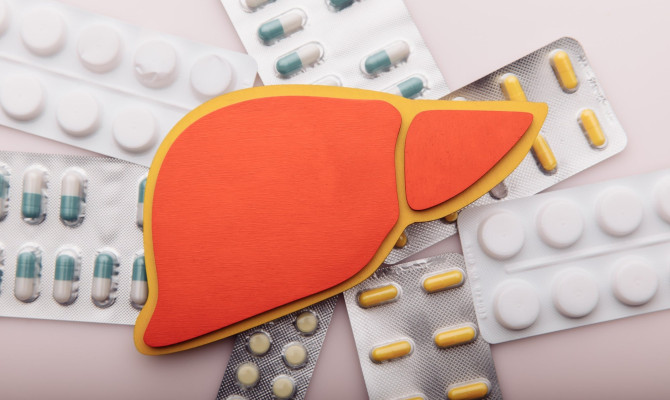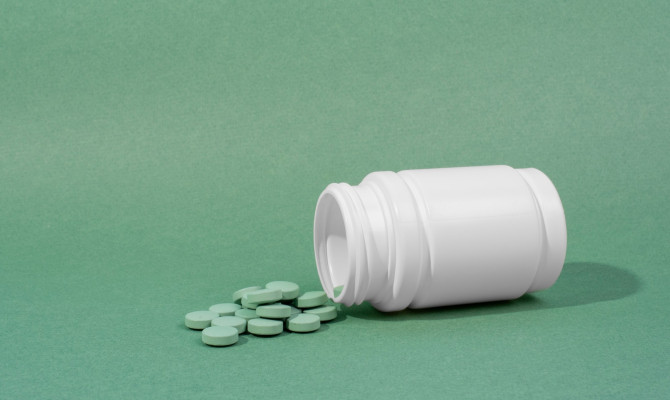Gvoke: Uses, Dosage, Interactions and Side effects

- Gvoke
- 22 Aug 2023
Overview
About Gvoke
Severe hypoglycemia, characterized by dangerously low blood sugar levels, can be life-threatening for individuals with diabetes. Immediate intervention is crucial to prevent complications and restore blood sugar to safe levels. Gvoke is a glucagon injection that has emerged as an innovative solution for treating severe hypoglycemia.
This article will explore the mechanism of action, uses, dosage, administration, storage, side effects, contraindications, risks, precautions, and drug interactions associated with Gvoke.
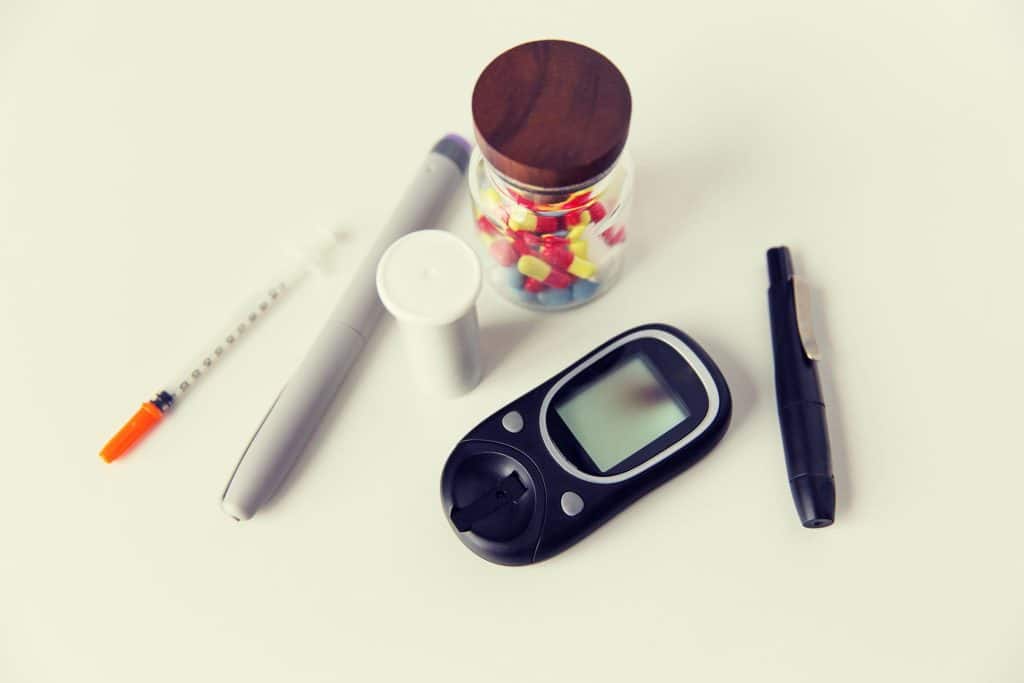
How does it work?
- Gvoke is a glucagon receptor agonist.1Overview| Researched based study from Nlm.nih.gov
- By encouraging the liver to turn glycogen that has been stored in the body into glucose, the pancreatic hormone glucagon raises blood sugar levels.
- In severe hypoglycemia, where the body’s natural response mechanisms fail to raise blood sugar levels, Gvoke induces a rapid release of glucose from the liver.
- This mechanism of action makes Gvoke a vital tool in emergencies.
Uses
What is the use of Gvoke?
- Gvoke is primarily used to manage severe hypoglycemia in kids above two years of age and adults with diabetes.2Overview| Researched based study from Dailymed.nlm.nih.gov
- It is designed to be used when the patient cannot consume oral glucose due to altered consciousness or other complications.
- Gvoke provides a quick and effective means of elevating blood sugar levels, potentially preventing severe consequences such as seizures, loss of consciousness, or even death.
Dosage
Dosage of Gvoke
Recommended dosage of Gvoke are:
For adolescents and adults of 12 years and above, the dosage recommended is:
- 1 mg/ 0.2 ml. 4Dosage| Researched based study from Gvokeglucagon.com
For children aged 2 to 11 years, the recommended dose is:
- 0.5 mg/0.1 mL 4Dosage| Researched based study from Gvokeglucagon.com
Available forms of Gvoke
- Single dose pre-filled Hypo pen auto-injector.
- Single dose vial and syringe kit.2Dosage| Researched based study from Dailymed.nlm.nih.gov
- Single dose pre-filled syringe.
The Gvoke Hypo Pen is a practical glucagon auto-injector for extremely low blood sugar with two premeasured dosages available:
- 0.5 mg – for children above two years.
- 1.0 mg – for adolescents and adults (12+ years of age). 3Dosage| Researched based study from Gvokeglucagon.com
How to use Gvoke?
- Gvoke injection can be injected subcutaneously (into the skin) into the thigh, upper arm, or stomach.
- It has no noticeable needle and is already blended and ready for use.
Anyone can use it in 2 simple steps:
- Step 1 – Pull the red cap off.
- Step 2 – For five seconds, press the yellow end firmly on the skin. Red will appear in the window.
If the patient has passed out or is seizing after using the Gvoke Hypo Pen, turn them on their side. Request emergency assistance.
It is essential to follow the specific instructions the healthcare professional provides or as outlined in the product’s package insert.
Storage
Storage
- Keep Gvoke in the original unopened foil packet until ready to use to safeguard it from light and moisture.
- To keep Gvoke safe from light and moisture until it is time to use, keep it in the original sealed foil pouch.
- It should be kept between 20°C and 25°C (68°F and 77°F) at room temperature.6Storage| Researched based study from Gvokeglucagon.com
- Extreme temperatures must be avoided, and it shouldn’t be refrigerated.
- The used Gvoke should be disposed of in a sharps container after the replacement has been sent.
Side effects
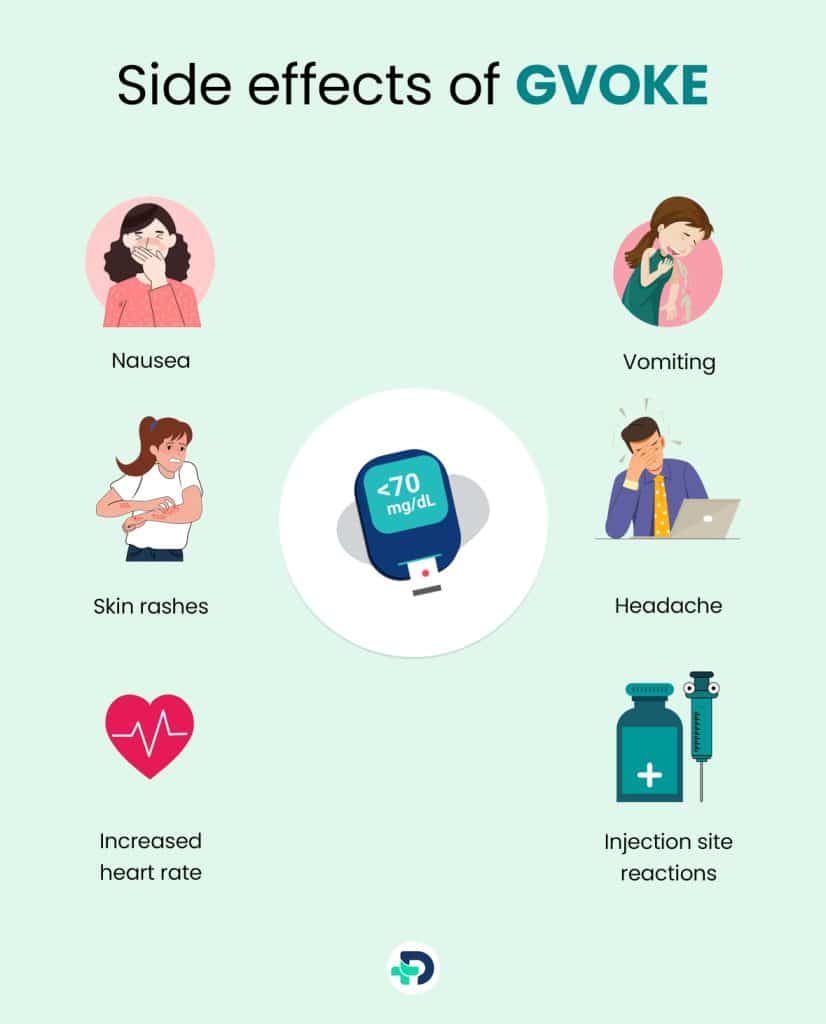
Side effects of Gvoke
Gvoke may cause the following side effects in some individuals:
- Nausea
- Injection site reactions – like redness, swelling, or itching
- Increased heart rate
- Vomiting
- Headache
Side effects in children may include:
- Nausea
- Low sugar level
- High sugar level
- Headache
- Vomiting
- Abdominal pain
- Injection site redness, pain, or swelling
- Skin rashes7Side effects| Researched based study from Fda.gov
These side effects are generally mild and subside on their own. However, it is important to get medical assistance right once if they continue or get worse.
Vs Glucagon
Gvoke vs. Glucagon
Gvoke is glucagon in an injectable form; however, there are differences between Gvoke injections and glucagon that relate to their formulations, administration, and ease of use. Let’s explore the differences:
- Formulation – Gvoke is the brand name for a specific glucagon formulation. It comes in a pre-filled syringe or hypo pen auto-injector form and is ready to use. On the other hand, glucagon refers to the generic term for the hormone itself, which can be available in different formulations such as powder and liquid.
- Administration – Gvoke is designed for ease of use and can be administered directly through a subcutaneous injection, which means injecting it just below the skin. On the other hand, glucagon may come as a powder that needs to be mixed with a liquid and then injected, requiring a few additional steps for preparation.
- Delivery system – Gvoke uses an auto-injector device, simplifying the injection process. The auto-injector is designed to be user-friendly, with instructions and guidance to help individuals administer the medication correctly. In its generic form, glucagon may come with a vial and syringe, requiring manual preparation and administration.
- Shelf life and storage – Gvoke has a longer shelf life than traditional glucagon kits. It may be kept at room temperature, which makes it more practical for use right away. Generic glucagon kits often need to be refrigerated and have a shorter shelf life, requiring more careful storage and periodic replacement.8Vs Glucagon| Researched based study from Nlm.nih.gov
It is worth noting that Gvoke is a specific brand of glucagon, and other brands are also available in the market. The primary goal of Gvoke and generic glucagon is to raise blood sugar levels in cases of severe hypoglycemia quickly.
Contraindications
Contraindications
Gvoke is contraindicated in patients with:
- Pheochromocytoma – a rare adrenal gland tumor, as it may stimulate the release of catecholamines and worsen the condition by increasing the blood pressure.2Contraindications| Researched based study from Dailymed.nlm.nih.gov
- Insulinoma – It is also contraindicated in patients with insulinoma, a tumor of the pancreas that produces excessive insulin, as it may further lower blood sugar levels.2Contraindications| Researched based study from Dailymed.nlm.nih.gov
- Hypersensitivity – Gvoke should not be used by individuals with a known hypersensitivity to glucagon or any of the components of the formulation.8Contraindications| Researched based study from Nlm.nih.gov
Precautions
Risks and precautions
While Gvoke is generally well-tolerated, there are certain risks associated with its use:
- Hypersensitivity reactions – such as severe rash, itching, or difficulty breathing, have been reported in some individuals. After using Gvoke, get immediate medical assistance if any serious allergic reaction symptoms appear.
- Tachycardia and high blood pressure – Since it can cause temporary heart rate and blood pressure increase, caution should be exercised in patients with cardiovascular disease.
- Lack of hepatic glycogen store – Gvoke is effective only if sufficient hepatic glycogen stores are present in the liver. Patients who are starving, have adrenal insufficiency, or have persistent low blood glucose levels, may not have sufficient quantities of hepatic glycogen for Gvoke to work and should instead be given glucose.7Precautions| Researched based study from Fda.gov
- Pregnant women or breastfeeding mothers – should discuss the advantages and disadvantages of taking Gvoke with their doctors.
It is crucial to inform the doctor about your medical conditions, including any known allergies, before administration to avoid any complications.
Interactions
Interactions
Gvoke may react with the following medications:
- Beta-blockers – when taken along with Gvoke, people may have temporary rise in their blood pressure and pulse.7Interactions| Researched based study from Fda.gov
- Warfarin – Warfarin’s anticoagulant action could be strengthened by Gvoke.2Interactions| Researched based study from Dailymed.nlm.nih.gov
- Indomethacin – GVOKE’s capacity to elevate blood sugar or cause hypoglycemia may be lost in people receiving indomethacin.7Interactions| Researched based study from Fda.gov
Gvoke might have interactions with other medicines, which could change how well they work or raise the chance of negative effects. Before taking Gvoke, patients should tell their physician about all of the medications they’re currently taking, including prescription, over-the-counter, and herbal supplements.
Any feedback on this article?
 This Articles content was accurate
This Articles content was accurate Very Informative Article
Very Informative Article I have a question or a comment
I have a question or a comment
 This article contains inaccurate content
This article contains inaccurate content This article was not helpful
This article was not helpful I have a question or a comment
I have a question or a comment
We appreciate your helpful feedback!
Checkout our social pages
References
-
National Library of Medicine
Gvoke HypoPen: An Auto-Injector Containing an Innovative, Liquid-Stable Glucagon Formulation for Use in Severe Acute Hypoglycemia | Overview
-
Daily Med
GVOKE | Uses
-
Xeris Pharmaceuticals
Gvoke | Dosage
-
Xeris Pharmaceuticals
Premeasured dosing options for children and adults | Dosage
-
Xeris Pharmaceuticals
Gvoke is ready‑to‑use | Dosage
-
Xeris Pharmaceuticals
Gvoke® Pre-Filled Syringe (PFS)-FAQs | Storage
-
FOOD AND DRUG ADMINISTRATION
GVOKE (glucagon) injection | Side effects
-
National Library of Medicine
Glucagon | Vs Glucagon












